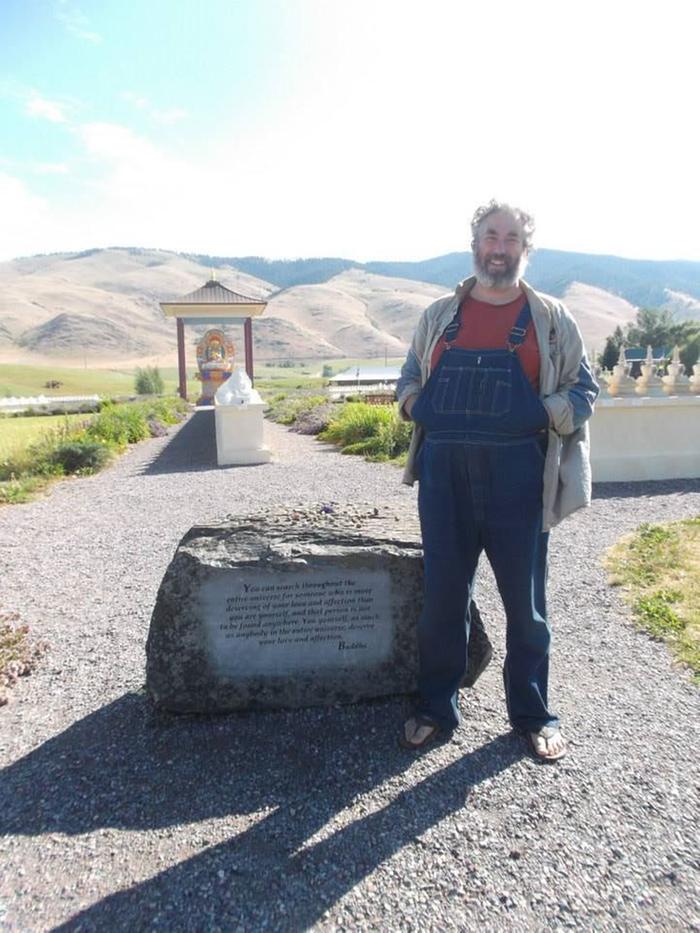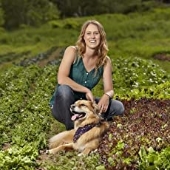Hi, I'm new to this forum! I have a small backyard (SW Ohio) with two low raised beds used for edible things. Lately I've been experimenting with cover crops: two years ago I tried winter rye and red clover. The winter rye needed to be tamped down in late spring or it would keep growing, and the red clover lasted mostly frost. I seeded buckwheat in early summer, but birds must be eating it because not much germinated. Last winter/this spring I planted oats and crimson clover. The oats winter killed but the clover is very happily growing now. The rabbits adore it. I wanted the clover flowers for tea; I may have planted the wrong variety. Anyway, I'm seeding and transplanting in the beds now, pulling up clover to make room as needed. I am wondering if having the clover in the veggie beds is a good idea or a really bad one? The white clover from our lawn sometimes creeps into the beds and is a pain to dig up, but the red clover doesn't seem to run. Usually I don't have enough mulching and am pulling all manner of weeds up, but some of those weeds are tasty and good for you, like the purslane. To be carbon-friendly, I'm trying to minimize digging and pulling up things in favor of leaving plants in the ground.
Right now I have hardscape garlic up around the yard, and in the beds are onions, peas, and a variety of greens. Summer veggies will be tomatoes, beans, carrots, and squash with herbs scattered throughout. And a few artichokes that I started back in Jan and are cold-hardened (my experiments). I have never used wood mulch for vegetable beds: where should it be sourced?
I like growing herbs like calendula, parsley, chamomile and basil, and let the chamomile and calendula seed in place to return the following year. Maybe I should let the herbs become a summer cover crop, but how to cover the ground in winter if I'm to let summer herbs go to seed?
Sorry, this is a somewhat disjointed post, which might reflect my state of mind these days!








